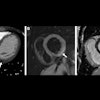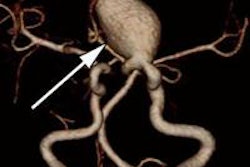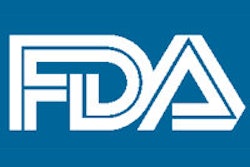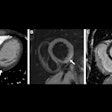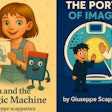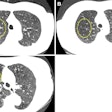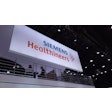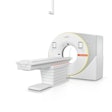Dear AuntMinnie Member,
A new advanced visualization technique for volumetric CT angiography (CTA) could be an improvement over 3D digital subtraction angiography (DSA) for detecting cerebral aneurysms.
That's according to a new article in our Advanced Visualization Digital Community that explains research performed in China on volumetric CTA subtraction, an automated technique for removing bones from CTA images.
The researchers found that subtracted volumetric CTA didn't differ significantly from 3D DSA -- a more invasive technique -- in terms of accuracy, and it was better than a volumetric CTA technique without bone subtraction.
Learn more by clicking here, or visit our Advanced Visualization Digital Community at av.auntminnie.com.
Breast density reporting
How are breast specialists in California coping with the state's new breast density reporting law? Find out in a new article in our Women's Imaging Digital Community.
The law went into effect on April 1, and it requires healthcare providers to notify women if they are found to have dense breast tissue following mammography exams -- which could mean as many as 2 million notifications sent per year.
To handle the deluge, breast specialists in the state formed the California Breast Density Information Group, which has developed informational materials designed to guide physicians on how to care for women who have dense breast tissue. Learn more by clicking here, or visit the community at women.auntminnie.com.
Residents' boot camp
Pity second-year radiology trainees. After spending their first year on patient care as an intern, the rotation into radiology residency can be challenging, full of new experiences and expectations.
To help ease the transition, educators at the University of Arkansas for Medical Sciences developed a resident "boot camp" that's designed to go beyond the standard orientation offered by most residency programs.
How does it work? The university offers a month-long program in which participants immerse themselves in radiology, spending time with technologists acquiring images, learning how scanners work, and learning team-building skills. And of course, there are some lectures.
Learn more about the program by clicking here, or visit our Residents Digital Community at residents.auntminnie.com.
